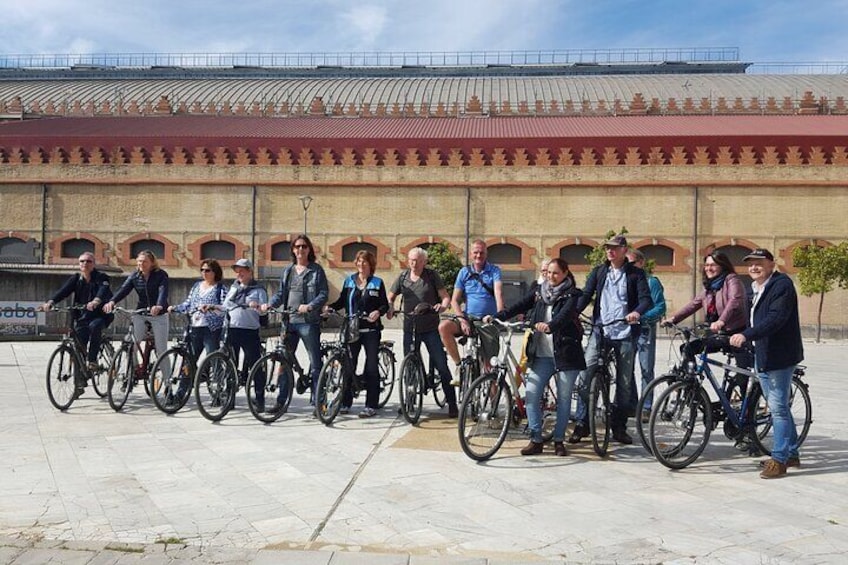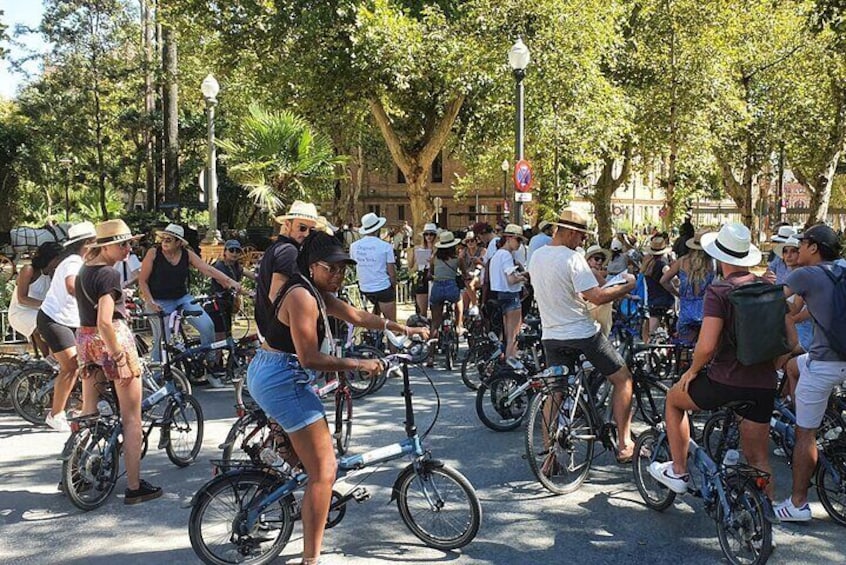




Guided Bike Tour of Seville with a Certified Guide
By Spain Cycling Tours
10/10
10 out of 10Free cancellation available
Features
Overview
Activity location
Meeting/Redemption Point
Check availability
Guided Bike Tour of Seville with a Certified Guide
Starting time: 4:30 pm
Price details
AU$48.93 x 2 AdultsAU$97.86
Total
What's included, what's not
Know before you book
- Public transport options are available nearby
- Specialised infant seats are available
- Not recommended for pregnant travellers
- Not recommended for travellers with poor cardiovascular health
- Suitable for all physical fitness levels
Activity itinerary
Location
Activity location
Meeting/Redemption Point
Best Deals on Things to Do
Experience the wonders of the world up close with great deals on things to do near and far. Expedia offers one-of-a-kind activities that allow you to explore Seville your way. Whether you love nature, culture, food or a bit of adventure, we have the perfect activity for you.
Top experiences in Seville
With so many activities in Seville, planning the perfect day out may seem like a daunting task. Expedia is here to take the hassle out of finding the best attractions, tours and activities in Seville. Families, couples and business travellers can all find the perfect activity in Seville to create life-long memories with the help of Expedia.